Multiple Choice
Graph the function, showing all asymptotes (those that do not correspond to an axis) as dashed lines. List the x- and
y-intercepts.
- 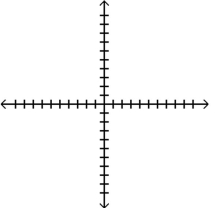
A) 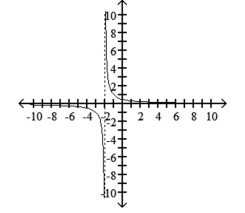
B) 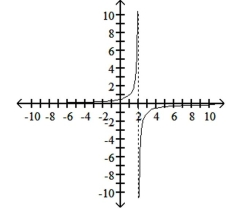
C) 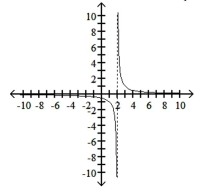
D) 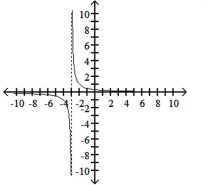
Correct Answer:

Verified
Correct Answer:
Verified
Related Questions
Q71: Find the horizontal asymptote, if any,
Q72: Graph the polynomial function. Use synthetic
Q73: A polynomial P(x) and a divisor
Q74: For the function find the maximum
Q75: Use the leading-term test to match
Q77: Solve.<br>- <span class="ql-formula" data-value="\mathrm { x
Q78: Graph the function, showing all asymptotes
Q79: Use the leading-term test to match
Q80: Use the leading-term test to match
Q81: Classify the polynomial as constant, linear,